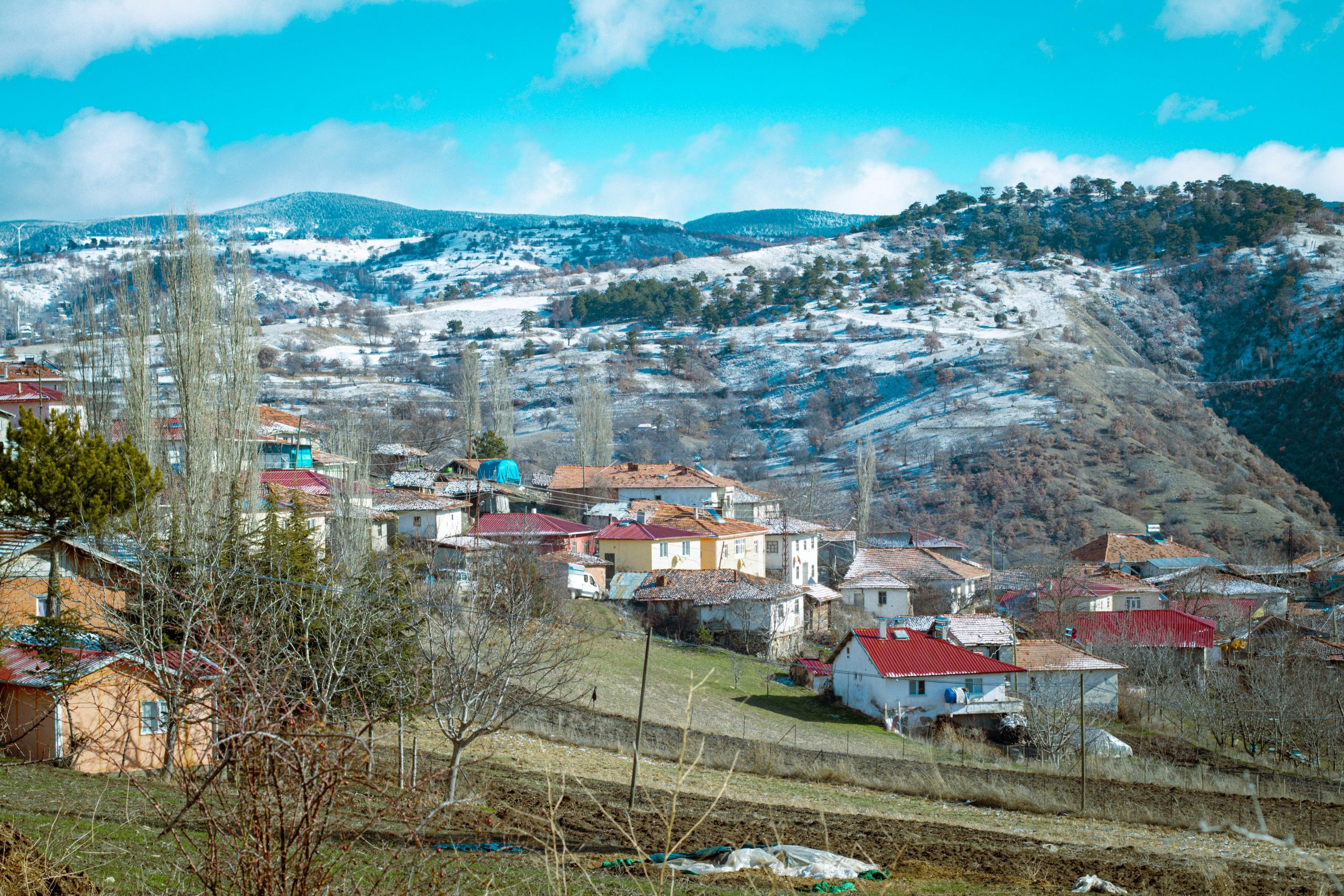Remote work fueling rural property booms
The ongoing COVID-19 pandemic has forced many companies and organizations to shift to a remote work model. While working from home has become a norm for many, it has also opened up a world of possibilities for those looking to escape the city life and settle down in a more rural setting. As a result, we are seeing a trend of remote work fueling rural property booms. With the ability to work from anywhere, people are flocking to the countryside in search of larger homes, cheaper real estate, and a better quality of life.
The Rise of Remote Work
The pandemic has accelerated the trend of remote work, which was already gaining popularity in recent years. According to a recent survey by Gartner, 82% of company leaders plan to allow employees to work remotely at least some of the time, even after the pandemic subsides. This shift has been driven by various factors such as increased flexibility, cost savings for employers, and improved work-life balance for employees.
With the rise of remote work, people are no longer tied to living close to their workplace. This means that they have the freedom to choose their place of residence based on their personal preferences rather than proximity to their job. This has led to a surge in demand for properties in rural areas, which offer a quieter and more affordable way of living compared to urban centers.
Fueling Rural Property Booms
The growing demand for rural properties has resulted in an increase in property prices in these areas. According to a report by Zillow, the median home value in rural areas grew by 11.3% in 2020, compared to 9.2% in urban areas. This trend is expected to continue as more companies adopt long-term remote work policies.
Rural areas are also seeing a surge in demand for vacation homes or second homes. With travel restrictions in place, people are opting for staycations or investing in a vacation property where they can get away from the hustle and bustle of city life. This has further intensified the competition for rural properties, driving up prices and fueling the boom.
The Appeal of Rural Living
For many, the appeal of rural living lies in the promise of a better quality of life. Living in a rural area means escaping the pollution, noise, and congestion of city life. It also offers access to open spaces, nature, and a closer-knit community. In addition, rural areas often have lower costs of living, offering a more affordable way of life.
With remote work becoming a permanent option for many, people are choosing to leave crowded cities in search of more space, tranquility, and a slower pace of life. This trend is not limited to just one demographic; it includes families with children, young professionals, and retirees, all looking for a change of scenery and a better quality of life.
The Impact on Rural Communities
The influx of remote workers into rural communities has had a significant impact on the local economy. The increased demand for properties has revitalized real estate markets, leading to the development of new housing projects and businesses. This, in turn, has created job opportunities and increased tax revenue for rural communities.
However, there are also concerns about the potential negative effects of this trend. The surge in property prices may push out long-time residents and put a strain on local resources and infrastructure. To manage these potential challenges, some rural communities are implementing policies and initiatives to attract remote workers and ensure sustainable growth.
Embracing the Change
The pandemic has brought about changes in the way we work and live that may continue long after it is over. The rise of remote work has fueled the growth of rural areas, creating opportunities and challenges for both remote workers and rural communities. As we continue to adapt to the new normal, it is essential to embrace these changes and find ways to support and sustain the growth of both remote work and rural communities.
In Conclusion
The shift to remote work has opened up new possibilities for where and how people choose to live. This has led to a surge in demand for rural properties, driving up prices and fueling a rural property boom. With the promise of a better quality of life, it is no surprise that many are choosing to leave the city behind and settle down in a more rural setting. As we continue to navigate the effects of the pandemic, the trend of remote work fueling rural property booms is likely to persist, shaping the future of both remote work and rural communities.











